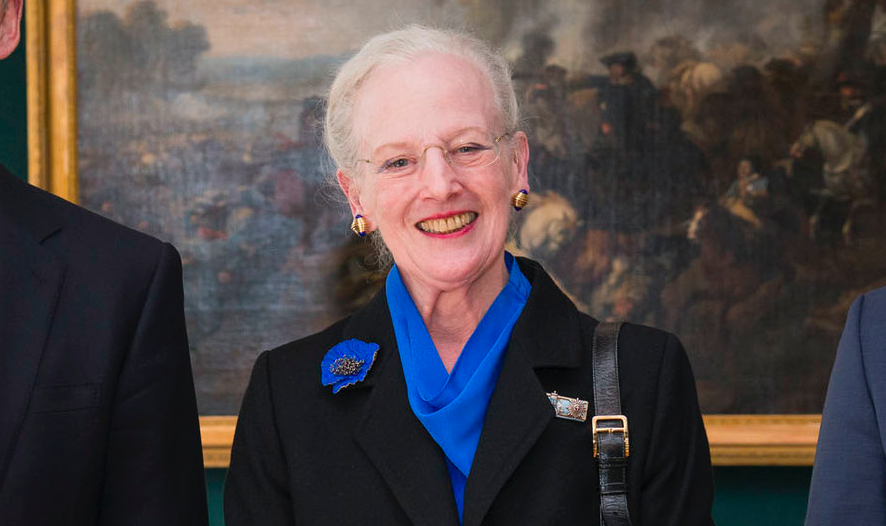
A Sami drum that was confiscated after a witchcraft trial in 1692 has created controversy between Norway’s indigenous people and Denmark. The Sami Parliament is now asking Queen Margrethe for help.
Sami Parliament President, Aili Keskitalo, has asked the Danish Queen for her support to keep the Sami cultural treasure in the Sápmi region. It was confiscated by the Danes after an axe murder in 1692.
Since 1979, the rare Sami drum from the 17th century has been on loan to the Sami museum in Karasjok in Norway. On 1 December, the loan agreement with the Danish National Museum expires. Keskitalo has sent a letter to the Queen Margrethe asking her to get involved in returning the valuable drum on a permanent basis to Norway. This spring, the Sami Museum in Karasjok sent a demand to Denmark to formally take over ownership of the drum.
An answer has not been forthcoming and with the end date of the loan agreement fast approaching, the Sami Parliament President hopes that the Queen of Denmark can take responsibility for the drum, which has belonged to the Danish Royal Family’s art collection.
Sami Parliament President Aili Keskitalo says in a statement to Norwegian and Danish press: “This is unworthy. Should we beg and smile like kind girls to keep our own cultural objects? We have very few drums left in Sami ownership, and this specific drum has great significance for our cultural history. It is horrible that Sami can hardly see our own cultural objects, without going to Germany, Denmark or London”.
The core of the struggle stretches back several hundred years, and is about a Sami, ritual drum. Sami drums were supposed to have “magical” power, and were used in Sami rituals. The drum in question was taken from the Sami shaman Anders Poulsson in 1692. He was arrested for possession of the drum as part of witchcraft proceedings. However, before Poulsson was sentenced, he was killed in his bed with an axe by a servant boy who thought the shaman was a wizard. The murder happened while Poulsson was still in custody. The drum was then confiscated and sent to the Danish king’s art chamber in Copenhagen.
In 1849, the drum was moved from the king’s art chamber to the Danish National Museum, where it remained until 1979, when it was loaned to the Sami Museum in Karasjok. Norwegian and Danish media have also been in contact with the Danish Royal Court, which has referred to the National Museum for a statement on the matter. The Danish National Museum says that the case is difficult, but that they will consider giving back the drum. They further say that the case has now been sent over to the Danish Minister of Culture for a final decision.

